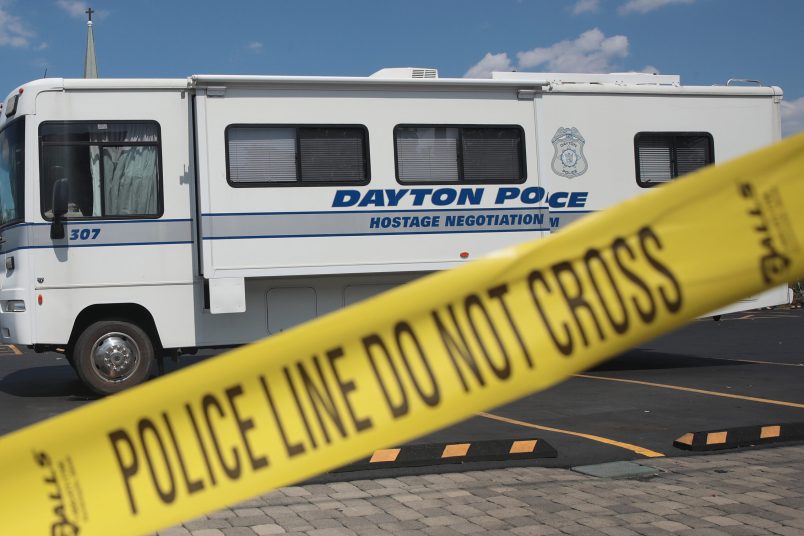Following up on my post from Thursday, I wanted to address a definitional question about what constitutes a mass shooting. This may seem rather technical, picayune in contrast to the horror. But it’s an important point both for understanding the statistics we see and acting to change things.
We often hear statistics about “mass shootings” in the United States. But those aren’t really what most of us think of as mass shootings. Most news and policy organizations use an FBI-derived statistic which looks at firearms incidents in which four or more people are shot, regardless of the severity of the injuries. That can include stick-ups gone wrong, family disputes, gang hits, everything under the sun.
When most of us think of mass shootings we’re talking about school shootings, or the seemingly related kinds of indiscriminate mass shootings such as what we just saw in Allen, Texas, the one last year in Buffalo and the countless others. They’re different in kind from other shootings. And we know them when we see them. We can’t say they’re worse, necessarily, because people who get shot and killed by firearms in any context are equally dead. (The U.S. has vastly more firearms deaths, of all kinds, than basically any other comparable country because of our gun problem.) But again, these are different.
Why are they different?
There at least three defining elements of the modern mass shooting.
One: The victims are either unknown to the shooter, or indiscriminate. Sometimes a young attacker is shooting up his own school. So there is some degree of grievance or anger directed at the school community. But who actually gets shot is almost always random. In other cases, a shooter is looking for African-Americans or Jews or gays or some other group. But the particular people are almost always unknown to the shooter or indiscriminate.
Two: The aim of the shooting is to kill as many people as possible. But the goal is for public effect. The shooter is making a statement, trying to inspire a general terror.
Three: The shooter either plans or expects to die in the shooting. Sometimes they’re arrested. Sometimes they directly take their own lives. Sometimes they’re shot by police. The salient point is there’s almost never a getaway plan. The shooter’s life, either literally or in practice through lifetime imprisonment, ends on the day of the shooting.
As I wrote up top, the statistics we see about mass shootings don’t really take these salient factors into account. If anything they understate the rapid growth of this kind of mass shooting. It’s frequently said that the mass shootings in this category get outsized attention compared to the vast numbers of people who die everyday in “ordinary” shootings, or firearm suicides. And that’s true in terms of toll in human life. But that ignores the salient point. Mass shootings as I’m defining them here are a form of terrorism, and a successful one. Their indiscriminate nature is meant to instill a generalized terror and demonstrate the power both of the individual shooter and guns themselves.
The point here isn’t that “mass shootings” are worse than “ordinary” firearms fatalities. But they’re different. And we should recognize them as such. The former is a form of terrorism. They are in many ways a form of gun worship, pulling the figurative moths of angry and alienated young men to the flame of mass murder, the attraction of which has grown as the power of firearms in America has become increasingly absolute.






